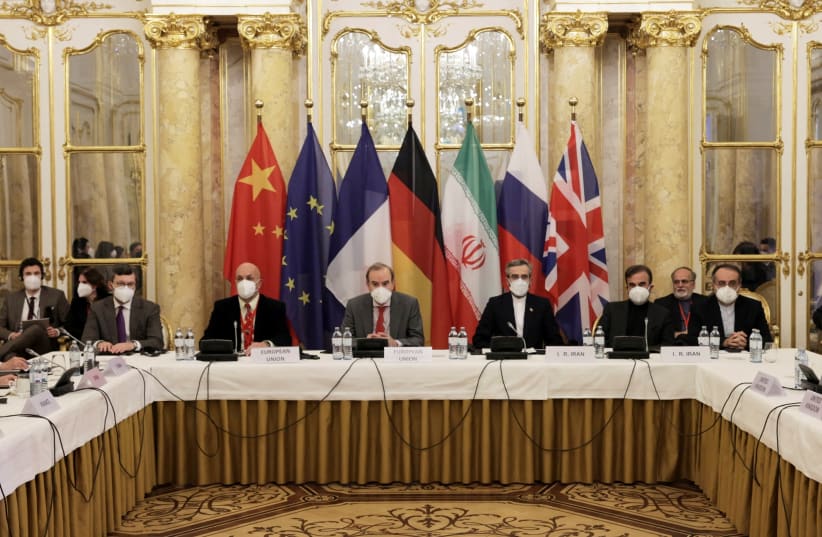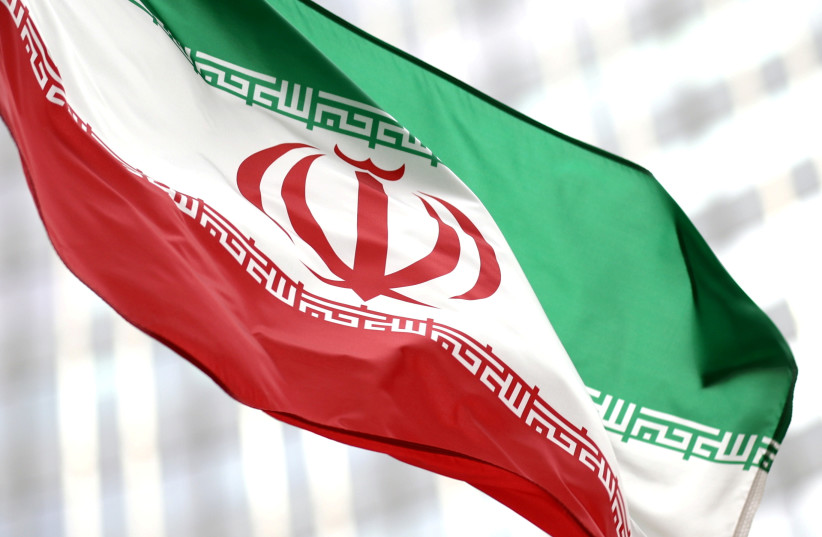Expectations are high that there will be a new Iran nuclear deal in the coming days or weeks. What will the aftermath look like for the deal? Here are six takeaways:
1) 2025 versus 2030 nuclear limit sunsets: Among the most important and most misunderstood aspects of the old Iran nuclear deal that would be expected to be incorporated in the new deal are the sunset provisions on nuclear limits. There is not one sunset date, but rather multiple dates when different nuclear limits expire.
Roughly speaking, 2025 is when the Islamic Republic is allowed to have more than 5,060 old IR-1 centrifuges (only around 25% of its pre-2015 fleet) operational. Tehran can also start exchanging a larger number of advanced centrifuges for IR-1s at that point.
Prime Minister Naftali Bennett has rightfully been highlighting this issue recently, which some supporters of a deal with Tehran like to downplay by only talking about 2030. But as Bennett correctly says, Iranian Supreme Leader Ayatollah Ali Khamenei would already be able to develop a massively larger and industrial-level centrifuge capability in less than three years.
Supporters of the deal point out accurately that most of these machines will need to sit quietly until 2030 because Iran cannot pass the 300-kg. (one-third of the material for a nuclear bomb) cutoff.
However, if Khamenei gave the order to try to rush toward a nuclear bomb after 2025, the fact that all of these machines would be fully operational and able to start enriching uranium practically with the mere flick of a button would mean that the real “nuclear enrichment breakout” time could suddenly jump forward from six to 12 months to a matter of weeks.
From that perspective, after 2025, the breakout time of six to 12 months may only be on paper.
2) The role of the US Congress: One of the quirkier suggestions that have come out of the nuclear talks in recent days has been that not only US President Joe Biden but also the leaders of both houses of the US Congress will publicly commit to the nuclear deal.
It is unclear if this is a real request by the Iranians and if US House Speaker Nancy Pelosi and Senate Majority Leader Chuck Schumer would be willing to make such statements. However, it is certainly possible that Pelosi and Schumer would agree if asked firmly by Biden and possibly in exchange for his help on some other issue.
Yet, this would achieve nothing concrete for Khamenei.
Not only do Pelosi and Schumer have no legally binding foreign-policy powers despite their exalted statuses, but their shelf life as leaders may be shorter than Biden’s.
Biden is in office at least until January 2025, and if he wins reelection, until 2029. According to current US midterm elections polling, there is a strong chance that Pelosi and Schumer will be minority leaders in January 2023.
Tehran understands the basics of the US political system well, so what is the point of the request? A week or more ago when the Islamic Republic was asking for ratification from the US Senate, it seemed to be a poison pill.
It is unlikely that Biden could get to 50 votes (let alone 67 for formal ratification) in support of his potential new Iran deal in the US Senate. Four Democrats, including Schumer, opposed the Iran deal when it was signed by the Obama administration, which could drop support to 46 votes right off the bat.
However, with the ayatollahs being willing to settle with symbolic nonbinding statements by US leaders, what is the point?
Certainly, they may hope that such statements will strengthen US public opinion for supporting the deal even if the Republican Party regains various levers of power in the future. More likely, it will be about saving face and honor for its own domestic audience.
From the Iranian regime’s perspective (however biased), they are coming back to a deal that the US violated in 2018 with some concessions, but not a ton of them.
The more they can point to visible symbolic victories, the easier time they will have to explain the new deal to hard-liners and members of their public who want to rush out to a nuclear weapon right now.
3) Violation for a violation: Khamenei is terrified that he will sign a deal with Biden and that a new Republican president will pull out of the deal again in 2025 like Trump did with Obama’s deal. At this point, Khamenei has overwhelmingly violated the deal’s key nuclear limits. But from May 2018 to May 2019, he and his advisers were unsure about what to do.
It seems that they will seek some kind of more explicit basis to violate the deal in the future should the US violate some part of the deal. This also will give Tehran the upper hand against Washington regarding any attempts to pressure them into a “stronger and longer” agreement after this deal is signed. That was always the Biden administration’s stated strategy, and the ayatollahs hope to kill the idea off once and for all.
4) Frozen South Korean assets: For years, the talk has been about releasing somewhere between $7billion-$8.5b. of Iranian assets held by South Korea at one of the early stages of lifting sanctions. The volume of reports and details going around about these assets has gotten much louder. It seems that the first series of reciprocal steps in a deal could be the Islamic Republic freezing its forward progress in exchange for these assets being unfrozen.
Shipping out already enriched uranium and disassembling and storing centrifuges would come later as additional even larger sanctions would be lifted.
5) Hostages: It seems that a hostages exchange could be an early part of the deal to create goodwill and give the US a public win even as it may be making some other new concessions to Iran beyond the 2015 deal, such as being permitted to keep disassembled advanced centrifuges in storage.
6) IAEA probe and IRGC designation: Iran has demanded an end to the IAEA probes into undeclared nuclear sites and illicit nuclear material that it learned about following the Mossad’s 2018 heist of Tehran’s secret nuclear archives. The US has reportedly rejected this request on a formal basis.
But in real terms, a return to the deal will end the IAEA’s ability to get Iran to answer any questions it prefers to avoid about its illegal military nuclear past. This includes not only pre-2015 activity, but what happened for several months in 2021, when the Islamic Republic cut off much of the IAEA’s inspections.
The first time period in which the IAEA was able to ratchet up pressure on Tehran was around June 2020, when Khamenei had been heavily violating the nuclear deal for more than a year. Once Iran is complying with the deal’s formal provisions, any IAEA threats are likely to be viewed by Khamenei as empty.
Likewise, the IRGC is expected to be removed from the terrorism sanctions list in any deal. Although such a result is mind-boggling, considering its support for terrorism in Yemen, Gaza, Lebanon, Syria, Iraq and sometimes even Europe, this would be restoring the status quo of the 2015 deal.

